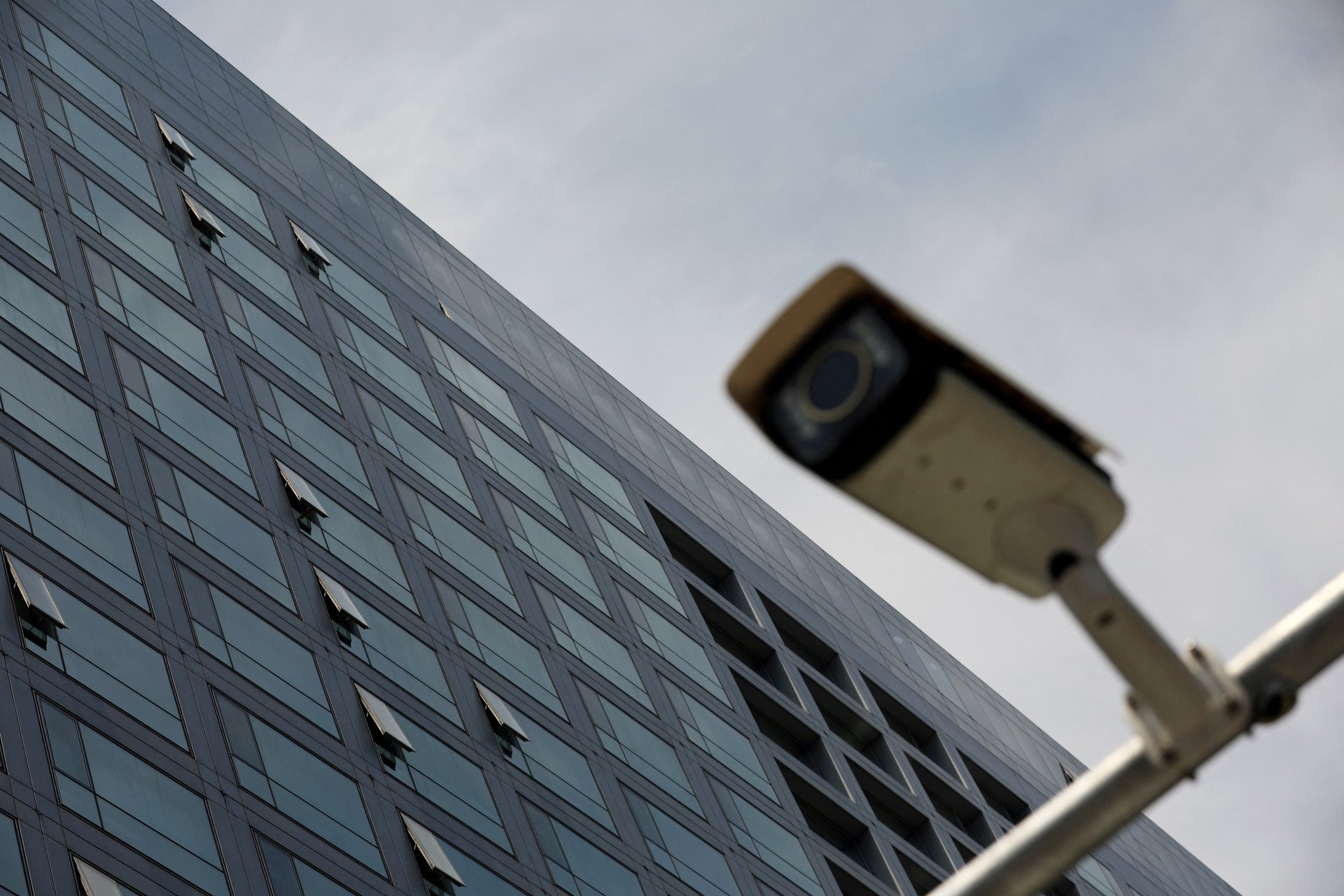China wants more control of its mass surveillance system
The country is cracking down on local governments' use of "unnecessary monitoring equipment" to collect excessive fines

China’s massive surveillance state is well known. Public spaces are blanketed with CCTV cameras that record details like clothing, gender, age, and even ethnicity. Many of those cameras are powered by facial recognition technology to identify individuals on police blacklists. Citizens’ movements are monitored, dissidents are easily tracked, and protests and strikes are snuffed out before they can gain momentum.
Suggested Reading
Now Beijing wants to rein in some of the more unruly elements of its mass surveillance system.
Related Content
A document published this week by the State Council, China’s cabinet, called for “the clean up and standardization of law enforcement electronic technology monitoring equipment.” Local governments must “promptly stop the use of illegal, non-compliant devices, and unnecessary monitoring equipment,” the document noted. It gave localities until year-end to report the results of the “cleanup” to higher-level authorities, and mandated an annual report on any additions of new monitoring equipment.
Running a tighter state surveillance ship
Don’t be fooled: Beijing is not looking to scale back its surveillance capabilities. After all, “this dense network of [camera] sensors is meant to improve residents’ lives as much as to control them,” Josh Chin and Liza Lin write in their book, Surveillance State. The cameras help operationalize a new social contract proffered by Chinese leader Xi Jinping: “Rather than entice citizens with the possibility of riches, he instead offers them security and convenience”in exchange for acceptance of one-party rule.
To shore up that social contract, Beijing wants to run a tighter surveillance ship and increase control over its mass monitoring machinery. This comes following reports in recent years of some local governments using surveillance cameras to catch individuals for minor infractions, raking in fines and lining local coffers with the proceeds. Plummeting revenue from land sales likely increased the pressure on local governments to find alternate sources of income.
One particularly egregious example was detailed in Caixin in 2021. The business news outlet reported that in just over a year, the southern Chinese city of Foshan issued 620,000 tickets for a small infraction — driving on road line markings — at a single poorly marked expressway intersection, racking up 120 million yuan ($16.7 million). “Who will supervise the chaos of the ‘electronic eyes’?” the article asked.
Still, cameras are just one part of the Chinese surveillance state. As Minxin Pei notes in his new book, The Sentinel State, “low-tech, labor-intensive approaches that lie at the foundation of the Chinese surveillance state” are just as important as advanced technologies for maintaining party’s grip on power.
By standardizing the use of surveillance cameras nationwide, the party has as much coercive capability as before — and now has additional oversight and control over its sprawling surveillance state.
